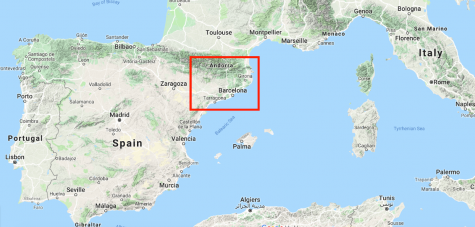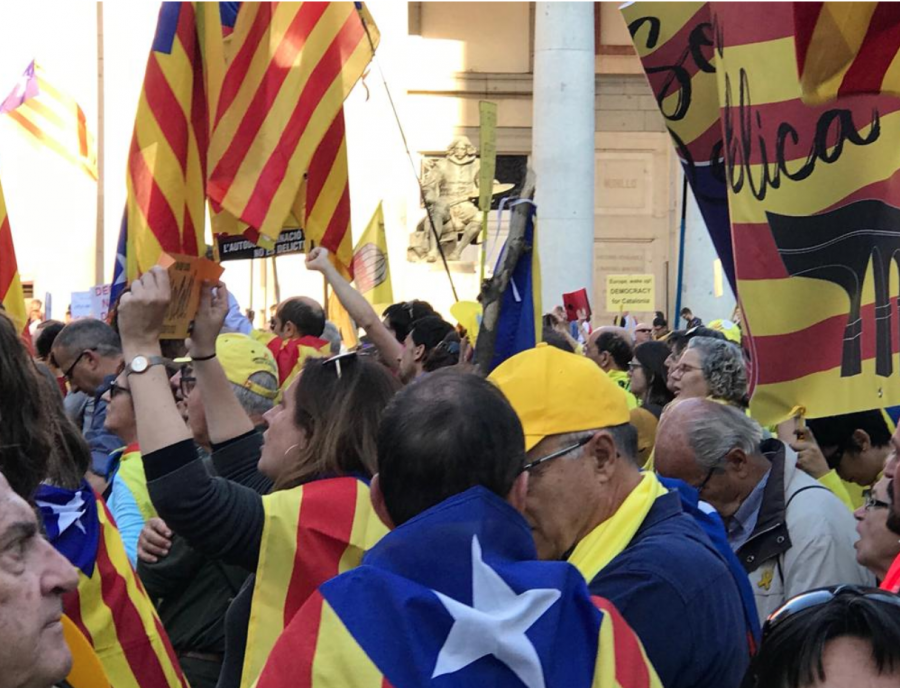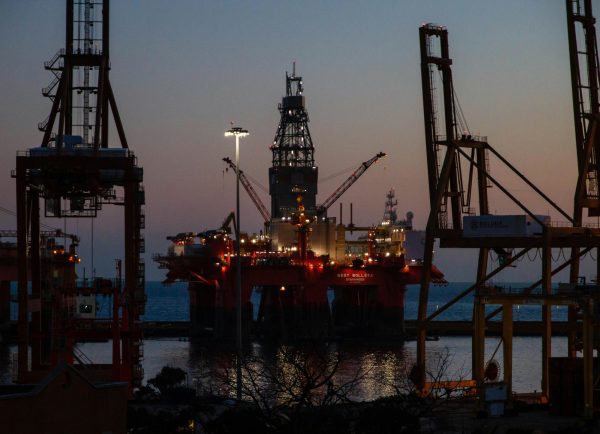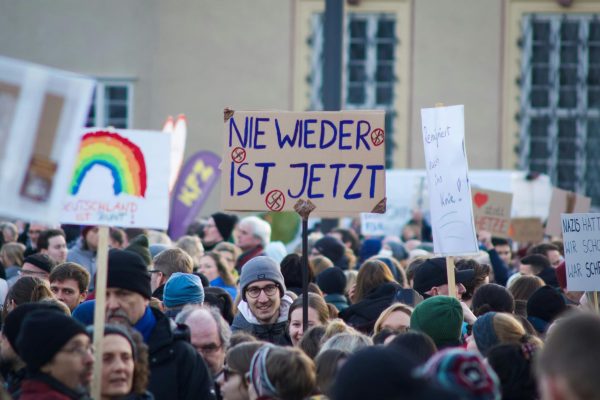An Insight into the Spanish-Catalan Crisis
Europe has proven in many ways that its fragility should not be looked over. It is a complex ecosystem where different countries with different cultures and languages coexist and cooperate. Its unity is a concern for many of the leaders inside the Union. Recently, the Brexit crisis has been the principal menace to the integrity of the EU. However, during the last decade, there have been two important separatist movements. These, if wrongly handled could destabilize Europe’s equilibrium and most importantly, set a precedent. The first one is the Scottish independence run. Scotland is a northern country of the UK. This nationalist movement led to a consensual referendum with the backing of the UK government. The result was 55.3% against leaving the UK and 44.7% in favor. The second movement and the topic of my article is The Catalan Process.
To understand the Catalan sentiment we have to go as back to the Middle Ages. The region started existing as Catalonia around the 11th century. The northern province of the Iberian Peninsula had always been the most economically active multicultural of the regions of the same Peninsula due to its location. It became part of Spain in the 15th century when the Catalan-Aragonian queen married the Castillian, the King of the central and southern region. In 1701 a war broke out. The reason was that Charles II of Spain died without any heirs. A new king was appointed, but he did not receive the support of all Spanish regions. Catalonia particularly disapproved of him and looked to the House of Austria to find a different monarchic figure to follow. The war went on for 13 years. In 1711 Archduke Charles’ (the candidate from the House of Austria) brother died and he left both the war and the Catalans to fulfill his duties as the Roman Emperor. The British who initially helped him also backed down from the war. Catalonia was left alone fighting a much superior army since the Spanish king received help from the French. And then September 11th of 1714 came. This date is the most important in Catalan history and marked the beginning of one of the many obscure periods in Catalonia. On this date, Philip’s troops entered the city of Barcelona after an all too bloody siege: the last fort of opposition in Spain had fallen. He proceeded to dissolve the Catalan government, which was one of the first modern governments in Europe. Abolished the use of Catalan, closed universities and schools and purged the city of anyone that had been fighting against him.
This historical context is primordial to understand why some Catalans feel they are not part of Spain. The truth is that Spain has not been easy on Catalonia since that day. The Civil War that led to a fascist regime to which the Catalan people were opposed to also meant measures of repression for the coastal region of Spain. Until 1975 with the dictator’s death, we did not recover some of the autonomy that we once had.

But, what led to the recent resurge of the independence movement at the beginning of the 21st century? I like to argue that a combination of the Statute of Autonomy in 2006 and the economic crisis of 2008 made up the perfect atmosphere for the separatist groups to gain popularity. The Statute of Autonomy was a document created by the Catalan government to give more power to the provincial government, La Generalitat. The document passed through all the Spanish institutions and was approved. However, four years later, the Constitutional Court of Spain mutilated it by rewriting 14 of the clauses. One of the clauses said that Catalonia should be considered a nation, this was really controversial. This action led to major demonstrations in the Catalan capital city, Barcelona. More than one million people joined in the first great concentration of the many that would follow during the next 10 years. The crisis created a tense and susceptible environment, the people were not content with the current government and that obviously helped the Independentists argument.
The fast ascent of the separatist parties in the Catalan parliament was happening. Fueled by the hopes of better lives and of the lack of respect from the Spanish Government towards Catalonia, the independentists grew until they made up roughly half of the Catalan population. During the following years, a demonstration was programmed every September 11th to give voice to the sentiment that many Catalans had. These record-breaking demonstrations gathered up to 2 million people in 2012 and were annually reaching the million mark. These highly politicized celebrations put pressure on the government to take action.
Heading the general elections in Catalonia, all the separatist parties joined in one unique parliamentary group with the promise to follow El full de Ruta. This was a document that described the path they would follow with the end goal of carrying out a legally binding referendum. This group obtained a majority in the Catalan parliament and started the two-year plan.
The Spanish Government was against this vote and prohibited it using the questionably fair Constitutional Court. Now the referendum had been deemed illegal. But, the Catalan government felt a responsibility to execute what they had been elected to carry out and the referendum was not canceled. The date was set on the 1st of October of 2017.
The legitimacy of the vote was in question but at that moment, it was what all the independentists (roughly half the population of Catalonia) had been waiting for. The expectations began growing as the date approached, the preparations were being made, secretly. The ballots and the polls were paid via private donations since the Catalan government was not allowed to spend anything on the illegal vote. The voting centers would be schools and high schools, but these could not state the reason as to why they were open in the voting day. Thousands of students gathered on their schools and kept them opened during this extracurricular weekend. An activity was planned on the same weekend as the vote by “pure coincidence”. Because the voting centers were already opened, they were not explicitly opening for the vote so no crime was committed in this sense.
I myself decided to sleep in my high school, the tone there was a celebratory one. The older students were in charge and the only requirement that the center asked for is that at least two adults had to be in the school at all times. Students organized the sleeping spaces, we were offered two classrooms for approximately 30 to 40 students. The whole time a scent of victory was in the air. My friends and I ended up playing soccer in the playground until late at night. Then we were called by older students to go back to the entrance. The police showed up at the school and asked what were we doing there. We only had to answer that we were just doing a sleepover at the school as part of an extracurricular activity and they left. Everyone cheered afterward. We all felt like a weight that the Spanish Government would need to lift in order to dismantle the referendum.
I was there because I believed in the right of self-determination and freedom. Because I thought human rights were to be followed by all rules of law and if the Spanish Consitution did not reflect that it should be changed. No vote should be illegal, less so in a democracy that calls itself modern and just. I was there because I thought it would change the way that the Spanish Government was handling the situation. They made no effort to try and understand the independentist sentiment, they just refused to listen to 3 million Catalan people.
The next morning was like a punch in the face for me and every Catalan, separatist or not. National Police had been gathering for a couple of months in Barcelona. But no one expected the sheer unrepressed anger they showed in their intervention. The images still make me nervous as of today. The atmosphere rapidly changed from a celebratory mood to a state of reluctant fear. Everyone was afraid that the police would show yet little people left. I remember watching my phone and seeing the police brutality that was happening in places 10 min away with disgust. But I also remember when a really old lady in a wheel-chair came to our voting center and everyone got out of the way creating a tunnel for the lady to go through. I remember everyone cheering and people crying. I remember all the emotions I felt that day and that is something the Spanish Government cannot take away from me. The police stopped acting during the afternoon when they realized they were getting shamed by the media. A total of 2.2 million people voted that day. Despite it being condemned by the Central Government people showed up to defend their ideas.
La Generalitat, the Catalan government, interpreted the result as binding and with the 92.01% of votes in favor declared the independence of the Republic of Catalonia, then they quickly suspended it in order to negotiate with the Spanish government. This was a move that upset the Catalan voters that felt tricked and disappointed and angered the Central government. Their response was to effectively intervene La Generalitat and stop all rupture procedures using clause 155 in the Constitution.
After a period of 6 months, they had to lift the intervention and held elections. The Independentists groups achieved a parliamentary majority again. However, the process had been stopped and they had lost momentum. A more passive strategy that passes through achieving a consensual referendum was adopted. As for the organizers and political leaders behind the referendum, they are facing charges of sedition, inciting people to rebel against the government. Some of them were put in jail without bail and others exiled themselves such as the ex-Catalan President Carles Puigdemont. He is currently in Brussels advocating for the Catalan case to a Europe that is for the most part not eager to listen.
The Catalan trial started less than a month ago, judged by the Constitutional Court that has been of questionable impartiality during the whole process. While the leaders of the separatist movement are in jail, Catalonia awaits the end of the trial and the final verdict. One can only speculate the consequences of the decision of the Court, or if it will be appealed to a higher authority. Until that moment, the history of Catalonia remains still, waiting for the Catalan people to write its next chapter.
The rest of the EU observes, awaiting the conclusion of the political crisis that could fuel separatists movements all around the continent.








vera thiers • Mar 29, 2019 at
Dear Arnau, Not only do you “know your stuff”, but you articulate yourself clearly. Nice job.